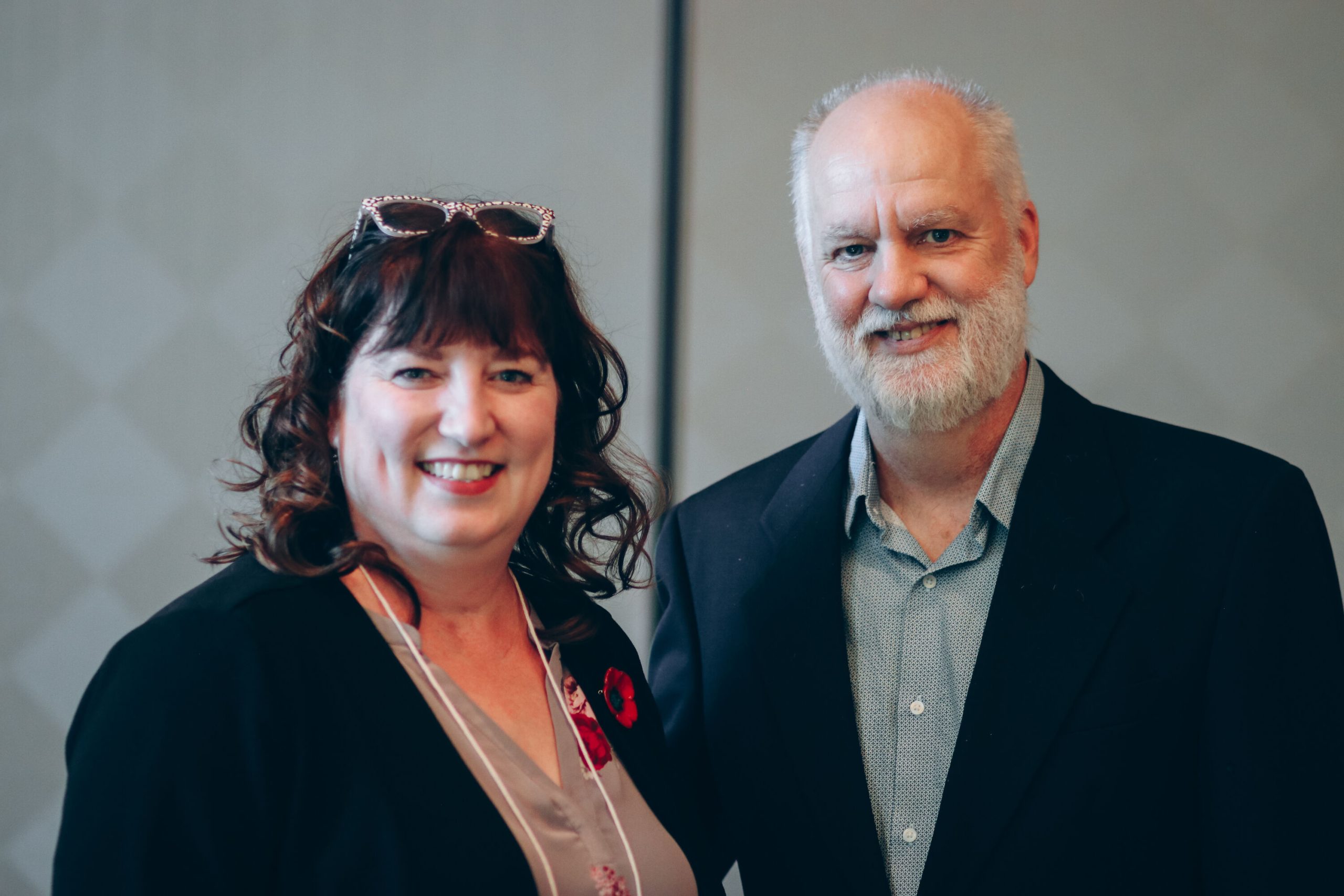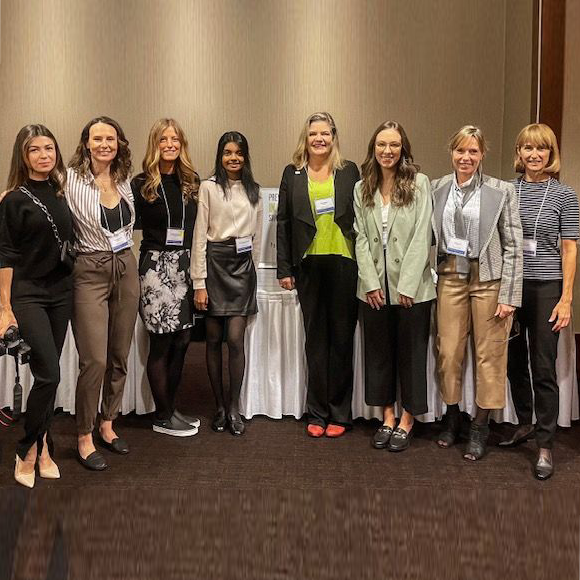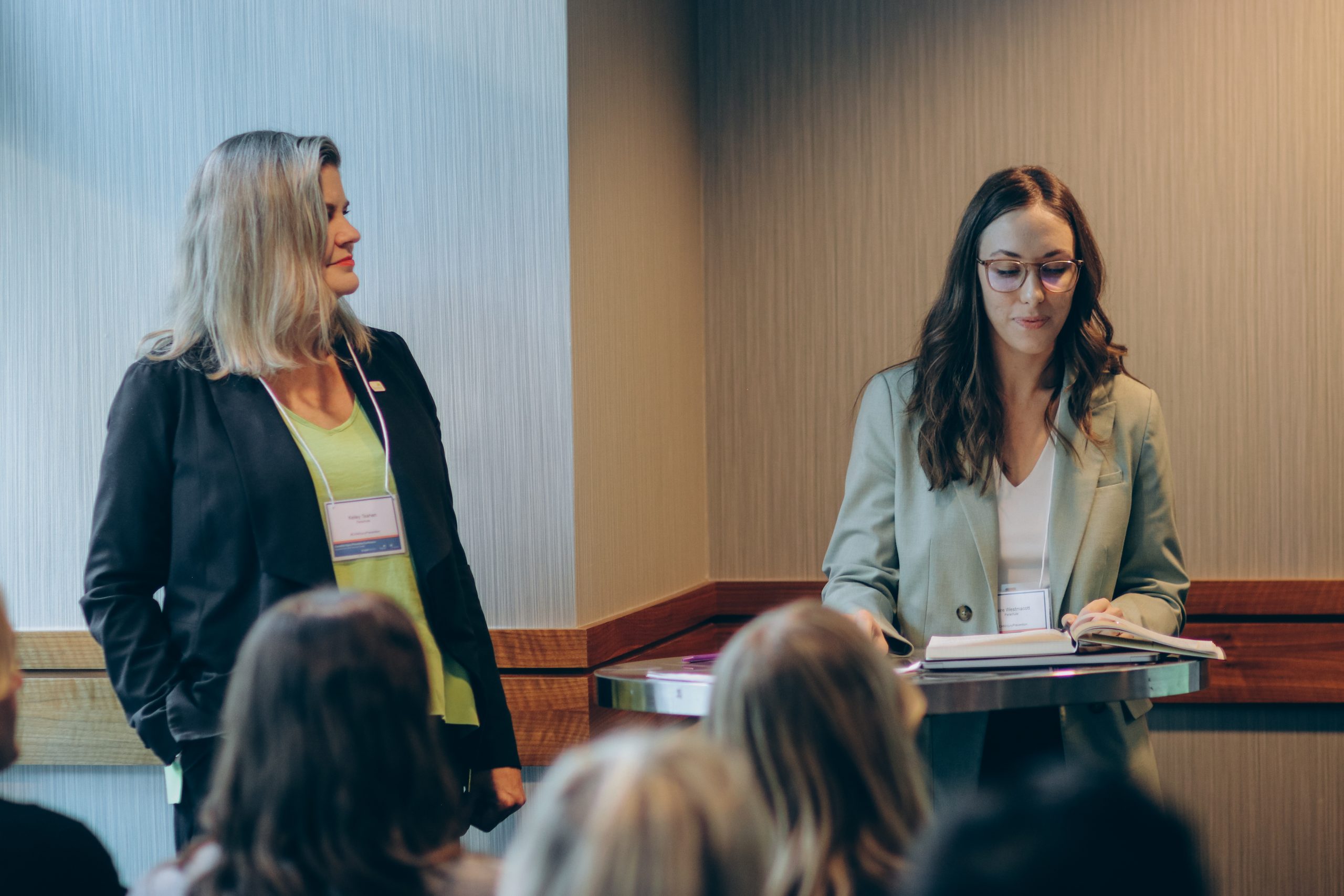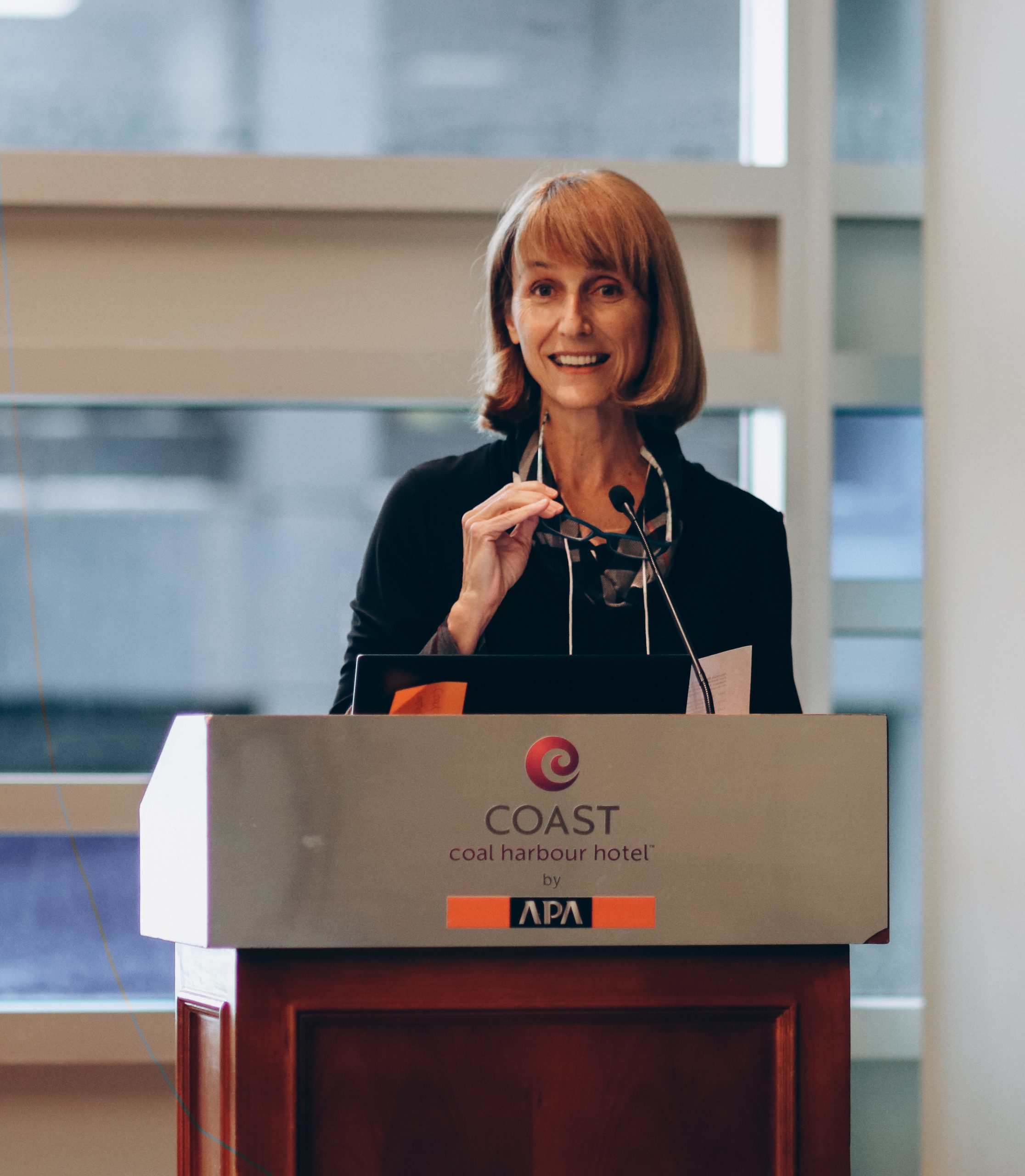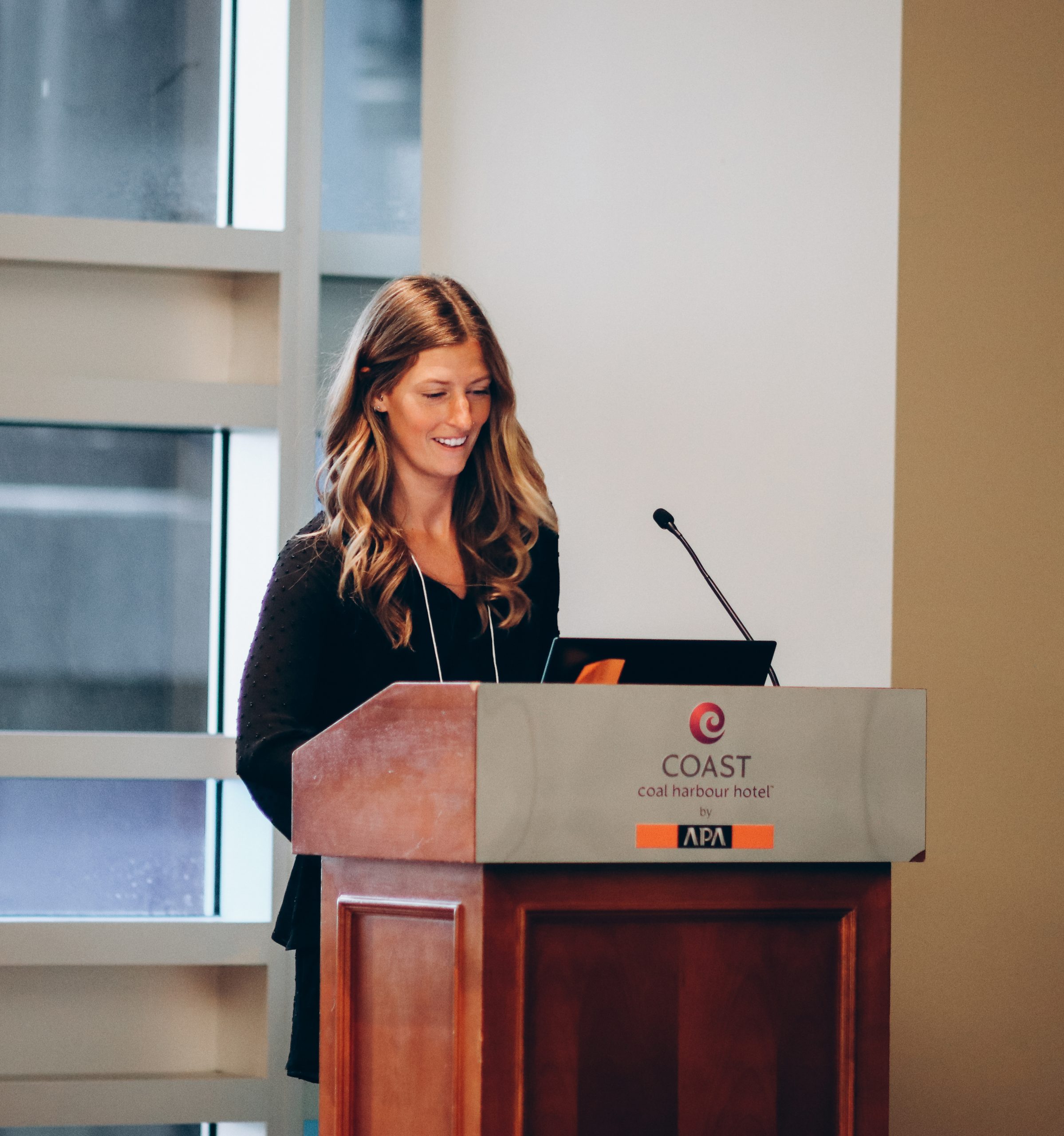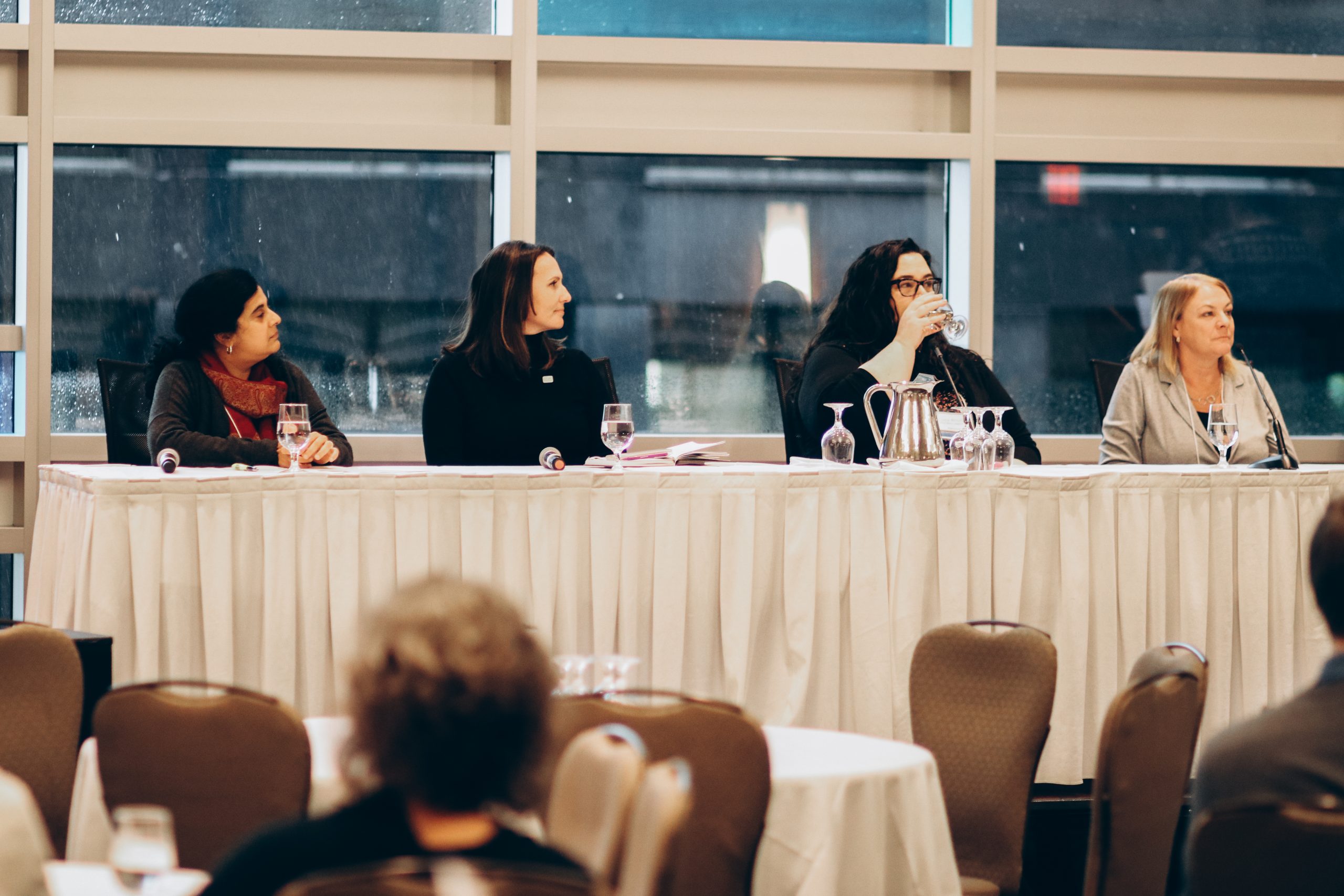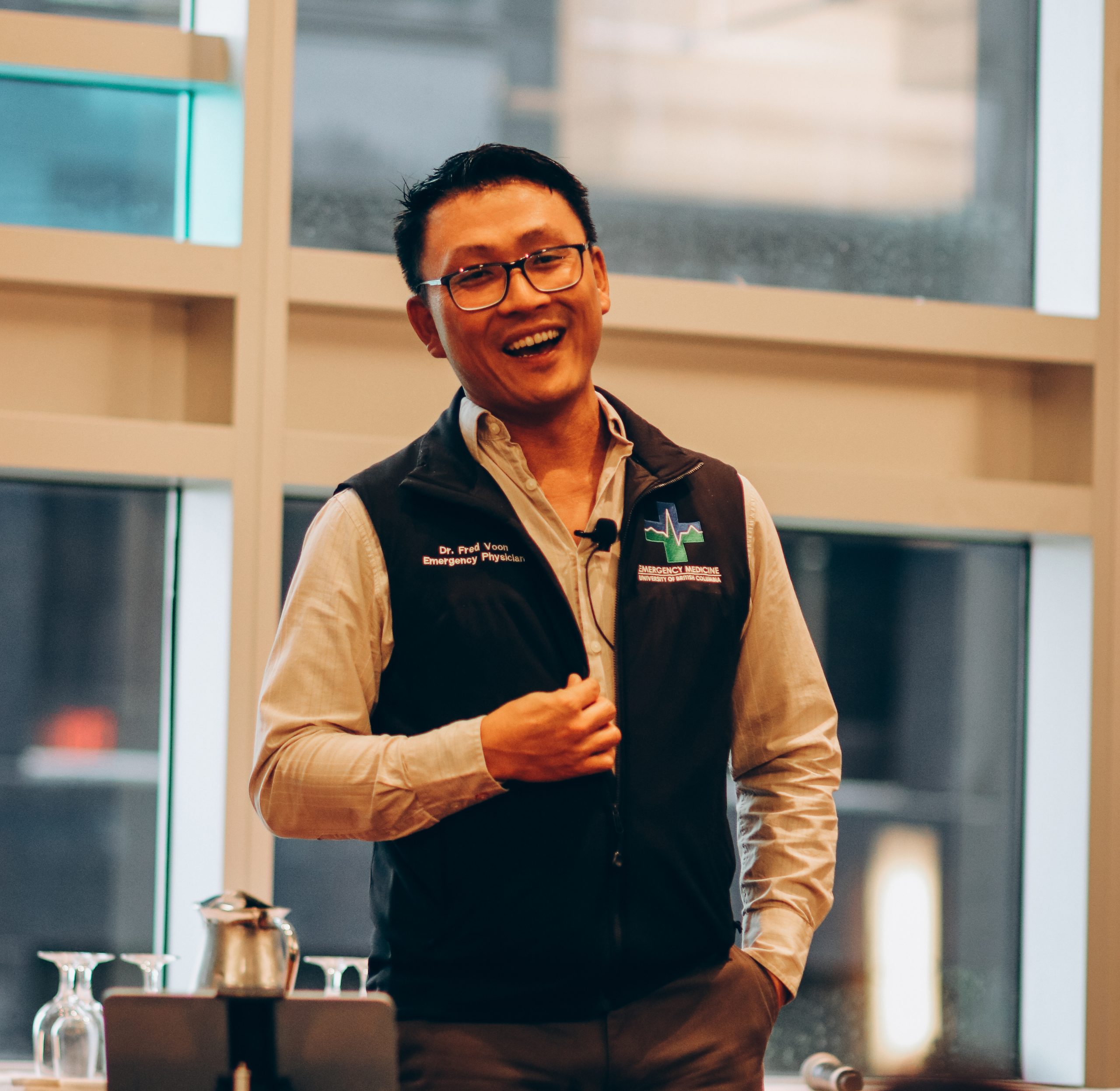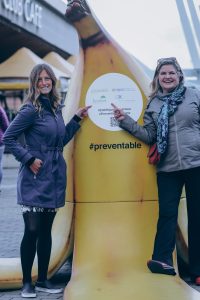
Reflections on the Canadian Injury Prevention Conference
This page was last reviewed on November 30, 2022
By Pamela Fuselli
President and CEO, Parachute
If you were looking for people who worked in the field of injury prevention at the beginning of November, you would have found them hanging out by the Big Banana in Vancouver (because what’s a better image for an injury than a banana peel?). For the first time in nearly a decade, we were able to come together, in person, to exchange ideas, share updates on what we’ve been working on and plan how, collectively, we can end serious injuries that alter or end lives.
Our last gathering was in Montreal in 2013, shortly after Parachute formed as Canada’s national charity dedicated to injury prevention. Over the years, various sectors – from those working in fall prevention to road safety – met regularly at topic-specific conferences and meetings, but the Canadian Injury Prevention Conference held in Vancouver in November 2022 was special because it brought us together as a collective.
We know that the leading causes of injury death in Canada are, in order, falls, self-harm, unintentional poisonings and transport incidents. The conference had experts in all four areas.
Even more so than before the pandemic, injury prevention practitioners are aware of and addressing the fact that, no matter the cause, injuries happen disproportionately to certain populations. Known as social determinants of health, in plain language it means that whether or not you suffer an injury is affected greatly by system-level issues such as your income and where you live. Things such as education level and racial identity affect both these things.
We heard from Lucy Sager, the Principal of All Nations Driving Academy, about the challenges faced in the rural B.C. indigenous communities she serves. She founded her company out of recognition that lack of driver’s licences, for many years, has been the primary barrier to employment for First Nations community members in rural British Columbia.
Our conference venue was located on West Hastings, a lovely urban neighbourhood along beautiful Coal Harbour. But that same street, a few blocks away, turns into East Hastings, one of saddest places in Canada where those struggling with opioid addictions live in alleyways and tent encampments strung out along the street sidewalks.
We also spent a great deal of time talking about why it’s so hard to get attention, and resources, for injury prevention, and how we can improve that in future to address this leading cause of death of Canadians ages 1 to 44. I led a panel discussion on Why injury prevention isn’t a priority? and the ideas that came out of this will inform Parachute’s focus in the future. Our keynote speakers, author and Globe and Mail health columnist André Picard, and Victoria B.C. emergency room physician Dr. Frederick Voon, (author of Your Inside Guide to the Emergency Department, and How to Prevent Having to Go), both challenged and inspired us to work with health-care systems, governments and communities to make change.
Finally, I was proud to lead our Parachute team, who presented and were part of panel discussions throughout the conference. The conference planning team took on the momentous task of organizing this conference and was made up of Parachute team members along with our colleagues at the British Columbia Injury Research and Prevention Unit (BCIRPU) and the BC Centres for Disease Control (BCCDC) and the results were outstanding. Our team members are experts in their own right and during the conference they shared on everything from our struggles with gathering data on injury, to campaigns to promote safe storage of cannabis edibles, to Vision Zero road safety and youth engagement.
I came away from the conference with a renewed passion, and determination, to focus on making systemic changes that reduce injury risk for everyone: someone with means lives in neighbourhoods that are safer, and they can spend the money to install and use all the latest safety features or to change their behaviour. Where you live, how you get around, or where your children play should not make the difference between being seriously injured or worse. There are untapped solutions that we know can prevent these injuries. What we need is action.
We heard the call to not to let another 10 years go by before we get together, once again. In the meantime, we’ve come home with renewed connections, purpose and drive to reduce injuries for all Canadians.
